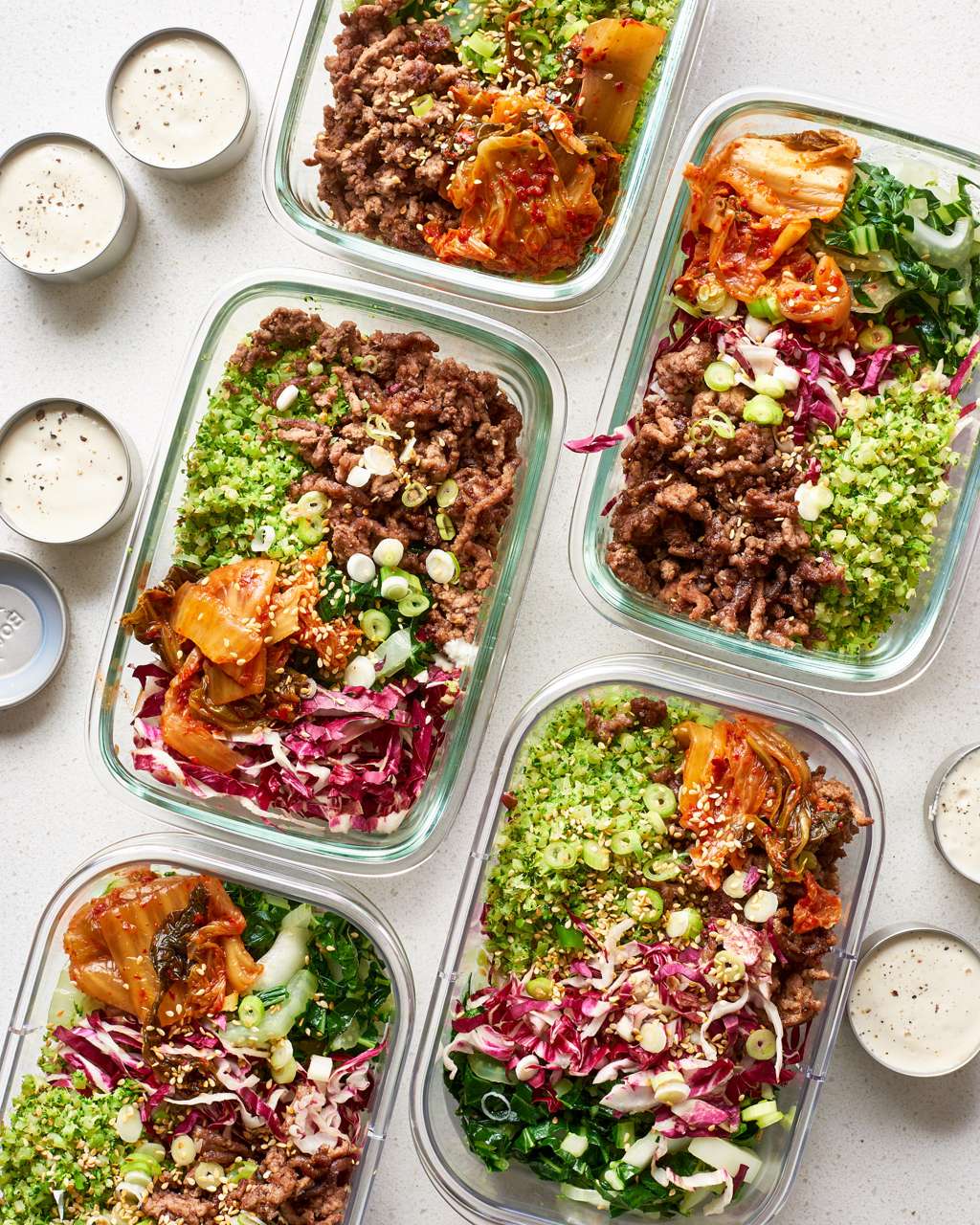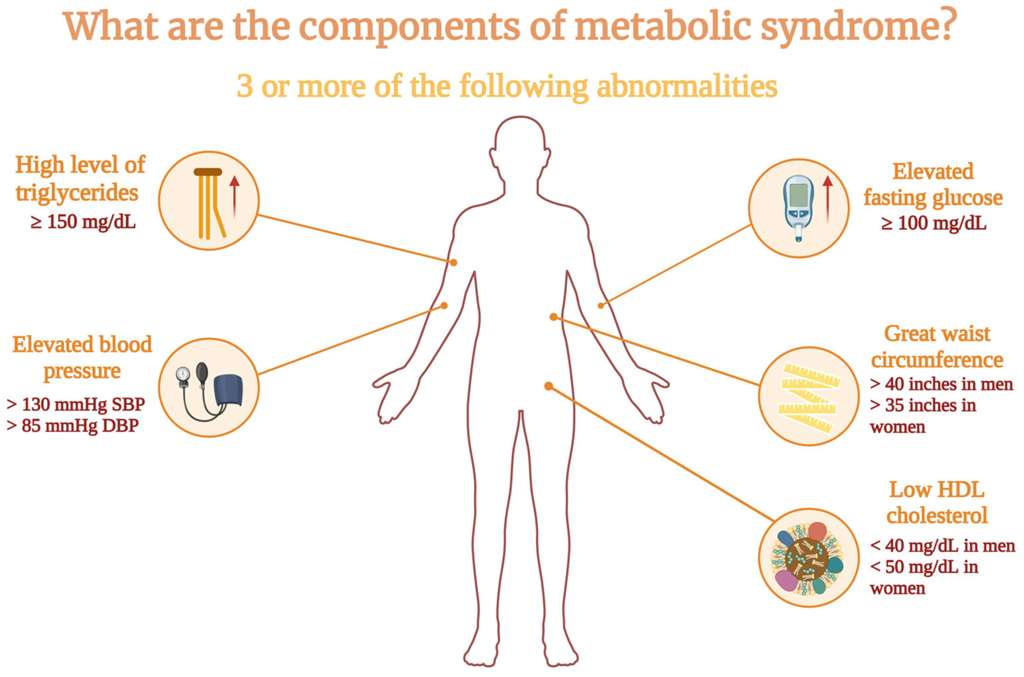The Insulin Secret: Why Calorie Counting Fails and How to Achieve Effortless Weight Loss
By Dr. Cho
Introduction: The Real Villain Behind Weight Gain Isn't Calories
Are you tired of endlessly promising yourself you'll lose weight, only to procrastinate, give up, or fail despite your best efforts? If you're one of those frustrated souls who feel like shedding pounds is an insurmountable challenge—especially as you age—it's time to change your approach forever. I'm Dr. Cho, and today, I'm here to convince you that the key to effortless, sustainable weight loss isn't in counting calories or punishing workouts. It's in mastering one powerful hormone: insulin.
Let's face it: as we get older, our basal metabolic rate can slow, making weight loss feel impossible. But here's the truth—calories aren't the primary villain. Stop wasting time with addition and subtraction games that lead nowhere. The real culprit? Hormones, and specifically, insulin, the "fat storage hormone" that sabotages your every effort. With eight hormones influencing weight, you must command at least four, but if that overwhelms you, start with this one game-changer. I promise: focus on insulin, and you'll see results that no diet fad can match.
Understanding the Carbohydrate-Insulin Model (CIM)
For decades, we've been told a simple story: weight gain is caused by consuming more calories than you burn (Energy Balance Model). While this obeys the laws of physics, it fails to explain the biological drivers of fat storage. An alternative and more powerful framework is the Carbohydrate-Insulin Model (CIM) of obesity.
The CIM proposes that the recent increases in processed, high-glycemic-load carbohydrates in our diet produce hormonal changes that promote calorie deposition in fat tissue. This, in turn, exacerbates hunger and lowers energy expenditure. In essence, the CIM suggests that increasing fat storage drives overeating, not the other way around.
Here’s how it works: when you consume carbohydrates, especially refined ones like sugar and starches, your body releases insulin. Insulin's job is to move glucose from your blood into your cells for energy. However, high levels of insulin also send a powerful signal to your body: "Stop burning fat and start storing it." As long as insulin is elevated, fat burning is effectively shut down. Dietary fat has very little direct effect on insulin, while protein has a moderate effect, also stimulating glucagon, a hormone that counteracts insulin. This is why high-fat, low-carbohydrate diets can be so effective.
Health First, Weight Loss Second: A Paradigm Shift
Imagine this: your body doesn't want to lose fat—it's wired for survival, resisting every pound you try to shed. Overweight isn't just a cosmetic issue; it's a glaring red flag of an unhealthy body, visible without pricey tests or painful procedures. But if you flip the script—prioritize health first—weight loss follows naturally. Don't chase thinness for vanity; build a thriving body, and the scale will reward you. Health begets weight loss, not the other way around. It's time to stop fighting your biology and start working with it.
How to Master Your Insulin: Practical Strategies
Lowering insulin is the cornerstone of this approach. It's not magic—it's science, and it's within your reach. Here are the most effective ways to do it.
Strategy 1: Ruthless Carbohydrate Restriction
To crush insulin spikes, you must start with ruthless carbohydrate restriction. This means ditching the obvious culprits: bread, rice, noodles, pasta, and pizza. But you also need to be wary of sneaky sugars found in dressings, many fruits, and flavored yogurts. A low-carbohydrate diet is typically defined as consuming less than 100 grams of carbs per day, with ketogenic diets often restricting intake to under 50 grams.
Focus your meals on healthy meats, non-starchy vegetables, and healthy fats. Fat helps blunt the insulin surge, which is why low-carb, high-fat (LCHF) approaches are so successful. When eating out, beware of heavy seasonings and glazes; that "tiny" glaze can pack more sugar than a full meal, skyrocketing your insulin.

Strategy 2: Manage Stress and Meal Frequency
Stress is insulin's sneaky ally. Chronic worries summon cortisol, a stress hormone that tells your body to release sugar into the bloodstream, which in turn recruits insulin to pack on pounds. While acute stress might temporarily suppress appetite, the endless pressures of modern life often lead to weight gain.
Furthermore, frequent eating—even small, healthy bites—keeps insulin flowing non-stop. Every time you eat, you trigger an insulin response. To break this cycle, eat less often. This simple change allows your insulin levels to drop between meals, giving your body a chance to switch into fat-burning mode.
The Silent Saboteur: Are You Insulin Resistant?
The real barrier for many is insulin resistance. This is a condition where your body';s cells become numb to insulin's signals. In response, your pancreas pumps out even more insulin to get the job done, creating a vicious cycle of high insulin levels (hyperinsulinemia) and worsening resistance. This state makes fat loss nearly impossible.
Recognizing the Warning Signs
Your body often screams warnings of insulin resistance long before a formal diagnosis. Pay attention to these symptoms:
- Stubborn belly fat that won't budge
- Hitting a weight loss plateau despite your efforts
- Irritability or "hanger" if you miss a meal
- Intense cravings for sweets or carbohydrates
- Feeling sluggish or sleepy after meals (post-meal slump)
- Brain fog and difficulty concentrating
- Incomplete satiety, feeling hungry soon after eating
- Frequent urination, especially at night
The Long-Term Consequences of Neglect
Ignoring these signs is courting disaster. Insulin resistance is the root cause of a cluster of conditions known as Metabolic Syndrome, which dramatically increases your risk for chronic disease. It's also a precursor to Type 2 diabetes, heart attacks, strokes, and non-alcoholic fatty liver disease. Shockingly, emerging research has linked insulin resistance in the brain to Alzheimer's disease, now sometimes referred to as "Type 3 diabetes." Don't wait for a crisis; act now.

The Ultimate Weapon: Reversing Insulin Resistance with Intermittent Fasting
Functional medicine isn't about patching symptoms—it's about annihilating root causes. The ultimate weapon against high insulin and insulin resistance is intermittent fasting. Eating triggers insulin; abstaining from eating crushes it. By giving your body an extended break from food, you force it to deplete its stored sugars (glycogen) and switch to burning fat for fuel.

Start simple with a 16:8 schedule: fast for 16 hours and eat within an 8-hour window (e.g., eating only lunch and dinner between 12 PM and 8 PM). Since you're asleep for much of the fasting period, it's surprisingly effortless. This isn't a fad; it's a powerful, cost-free, and transformative tool. For those with long-standing insulin resistance, a more prolonged fast (e.g., 36 hours) may be needed initially to kickstart the process of reversing the condition.
Disclaimer: If you have diabetes or are on medication, consult with a qualified healthcare professional before starting any fasting regimen.
Your Action Plan for a Transformed Body
Ditch the belly-fat gadgets and calorie-counting apps; they';re distractions. Invest your time and energy in real food and sustainable habits. Curiosity and action are what separate winners from losers. Research more, commit fiercely, and take control of your metabolic health.
The primary emphasis should be placed on the quality rather than the quantity of calories consumed, to shift calorie partitioning away from storage in adipose tissue and improve metabolic fuel availability to the rest of the body.
Your future self—leaner, healthier, and happier—depends on the choices you make today. Start now: lower your insulin, reclaim your body. You won't regret it; you'll thank me when the pounds vanish and your vitality surges. Let's make it happen!